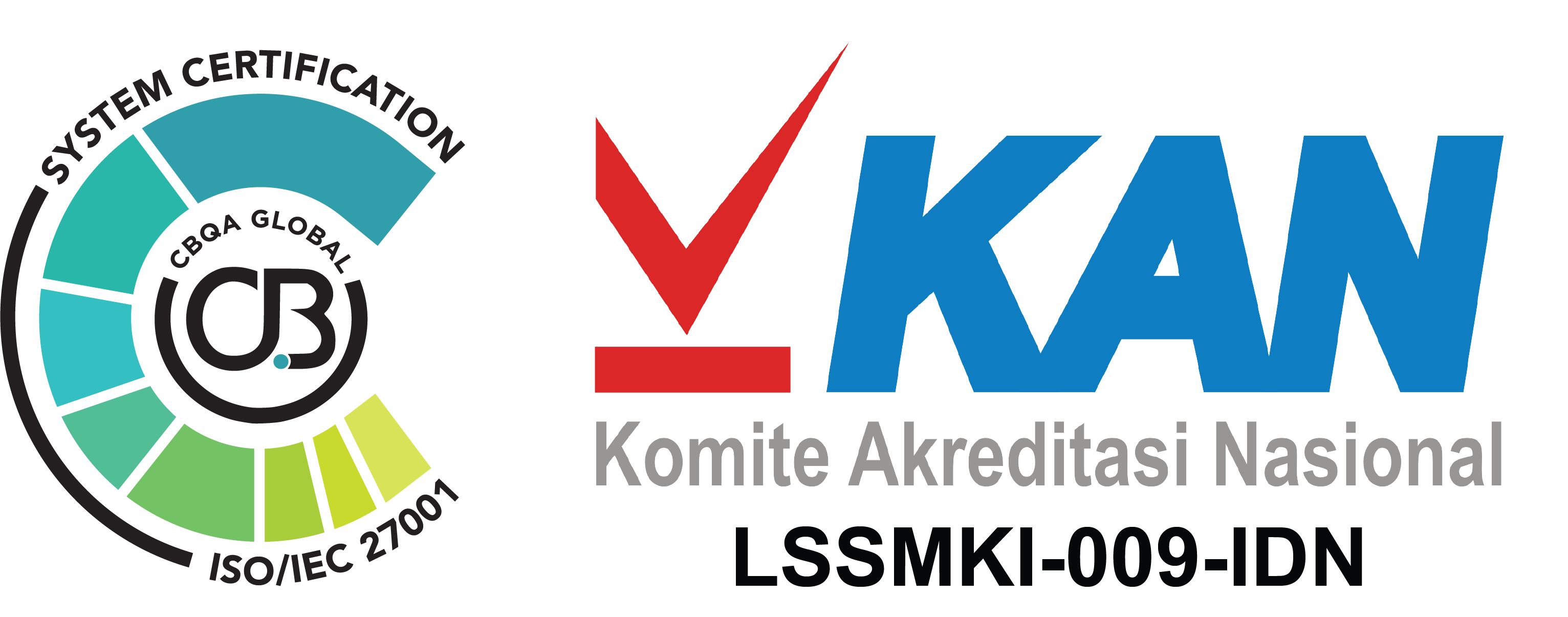Today’s Outlook:
• Last week, the S&P 500 fell 3.10% for its worst weekly mark since September. The Dow fell 2.37%, while the Nasdaq Composite shed 3.45%. The struggles came as the market was whipsawed by developments out of Washington, D.C., with negotiations on tariffs between the U.S., Mexico and Canada playing out throughout the week. In an interview that aired Sunday, President Donald Trump responded to a question on Fox News about the possibility of a recession by saying the economy was going through “a period of transition.” The political turbulence could continue this week, with a heavy dose of economic data adding to the list of potential market-moving events. The New York Fed survey of consumer expectations is due out on Monday, and it will pair with the University of Michigan consumer sentiment reading on Friday.
• MARKET SENTIMENT : Japan’s 4Q24 GDP results will be released on Monday. Indonesia will be churning out Februaru number for Car Sales, Motorbike Sales, and Consumer Confidence
• FIXED INCOME & CURRENCY : Treasury yields advanced Friday as investors digested a February nonfarm payrolls report that showed weaker-than-expected jobs growth and the latest commentary from Federal Reserve Chair Jerome Powell. The benchmark 10-year Treasury yield climbed about 2 basis points to 4.303%. The 2 year Treasury yield rose more than 2 basis points at 3.987%. One basis point is equal to 0.01% and yields and prices move in opposite directions. The dollar index has fallen 3.5% this week, on track for its worst weekly performance since November 2022. It fell 0.4% on Friday to 103.72, after earlier sliding to its lowest since early November.
• EUROPE : The regional Stoxx 600 index closed 0.46% lower in London, marking its first losing week this year. European markets closed lower Friday, rounding off a volatile week marked by whipsawing policy on U.S. tariffs, the latest rate cut from the European Central Bank, German fiscal reforms and a regional defense spending boost. Investors were also reacting to key jobs data out of the U.S., which showed nonfarm payrolls rose by a less-than-expected 151,000 in February.
– The euro continued its winning ways, poised for its best week in 16 years with a gain of 4.6% against the dollar, boosted by Germany’s game-changing fiscal reforms. It hit another four-month peak of $1.0888 after the jobs data. It last traded at $1.0863, up 0.7% .
• ASIA : Asia-Pacific markets fell on Friday, with yields on long-term Japanese government bonds hitting levels not seen since the 2008 financial crisis. The moves in Asia markets mirrored losses on Wall Street after U.S. President Donald Trump’s tariff concessions failed to calm investors. Traders were also worried by economic data from the U.S., which raised alarm that Trump’s policies could hinder the U.S. economy. The Federal Reserve’s Beige Book and the Institute for Supply Management’s manufacturing reading both indicated fear of rising input costs because of the tariffs. Back in Asia, customs data showed China’s exports in the January to February period rose 2.3% in U.S. dollar terms from a year earlier, significantly undershooting expectations of a 5% increase in a Reuters poll.
– Against the Japanese currency, the greenback slid 0.2% against the yen to 147.65 yen , after earlier falling to a five-month low of 147.05 yen.
• COMMODITIES : OIL prices were up on Friday but retreated from session highs after U.S. President Donald Trump threatened sanctions on Russia if it fails to reach a cease-fire with Ukraine. Trump said in a post on Truth Social that he was “strongly considering” sanctions on Russian banks and tariffs on Russian products because its armed forces continue attacks in Ukraine. In early trade, Brent jumped as high as $71.40, while WTI hit $68.22 after Russia’s Deputy Prime Minister Alexander Novak told reporters that the OPEC+ producer group will go ahead with its April increase but may then consider other steps, including reducing production. GOLD fell 0.1% to $2,906.04 an ounce as of 01.46 p.m. (1846 GMT). Bullion has gained about 1.7% so far this week, as U.S. President Donald Trump’s ever-shifting tariff policies fanned uncertainty. Gold prices eased on Friday but were poised for a weekly gain due to safe-haven inflows and a U.S. jobs report revealing lower-than-expected job growth in February, suggesting that the Federal Reserve is on track to cut interest rates this year.
• JCI formed a doji with a small bullish opening gap by 0.27% to 6636, but it stabilized around its dynamic resistance MA20 (Yellow) @ 6636. NHKSI Research anticipates JCI to be at a sideways trend below 6500 as a solid resistance and 6000 as the next base support after breaking out of its previous solid support at 6393. Although during last 3 days JCI made a great bounce back after touched 6300 support area and several big banks also gained some net foreign buy/inflow, please mind the correction if JCI can’t break and close above 6650 resistance today.
Company News
• LPPF: Up 23 Percent, Lippo Group Issuer Earns Rp827 Billion in 2024
• RAJA: Minus 0.19 Percent, RAJA’s 2024 Profit Remains USD25.55 Million
• AADI & ADMR: Boy Thohir is Confident that Adaro Group’s Coal Exports Will Remain Stable This Year
Domestic & Global News
MIND ID Develops Sulfuric Acid-Caustic Soda Production to Suppress Imports of Industrial Raw Materials
China Sets Retaliatory Tariffs on Rapseed Oil and Pork from Canada
Download full report HERE.

